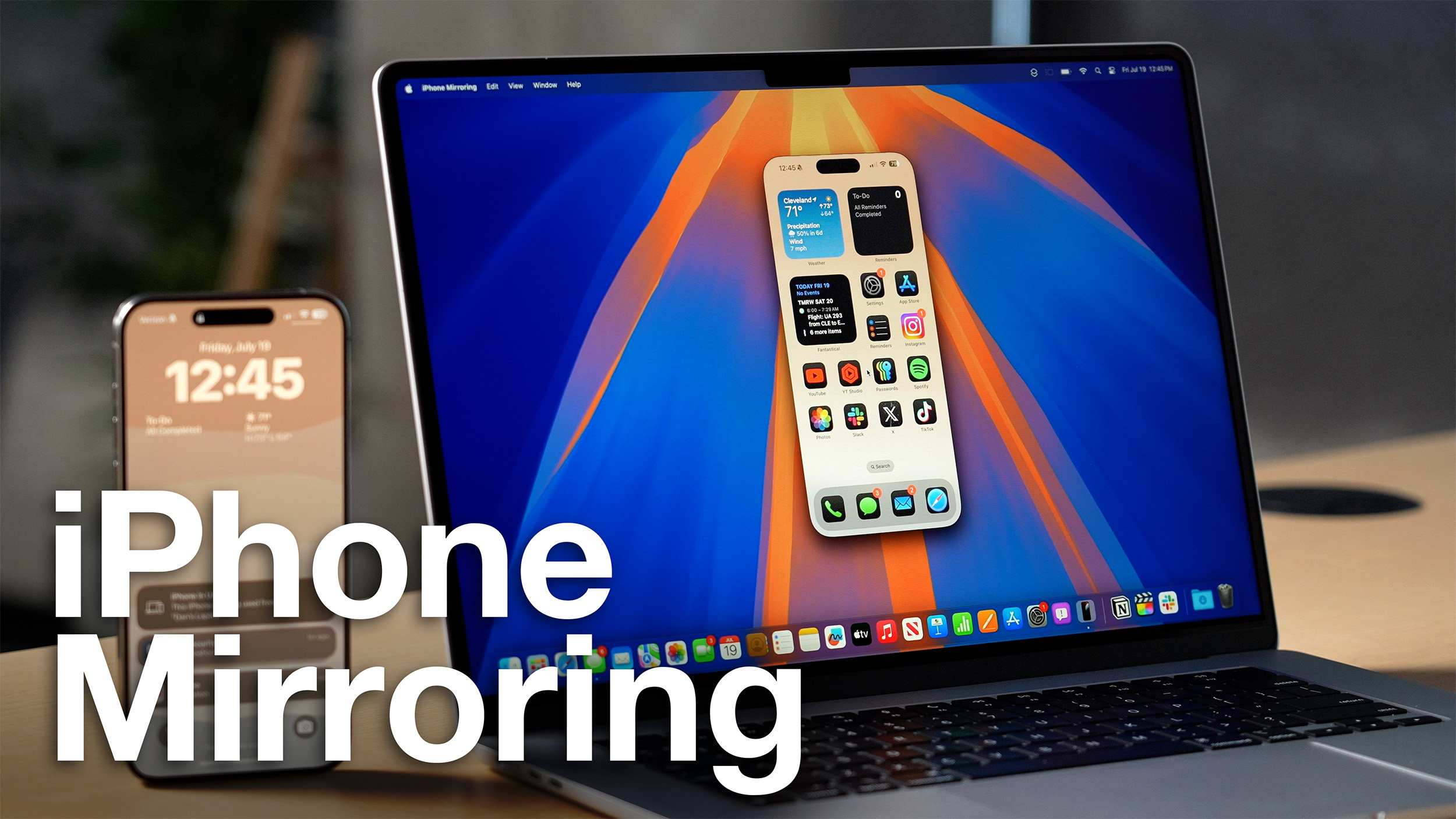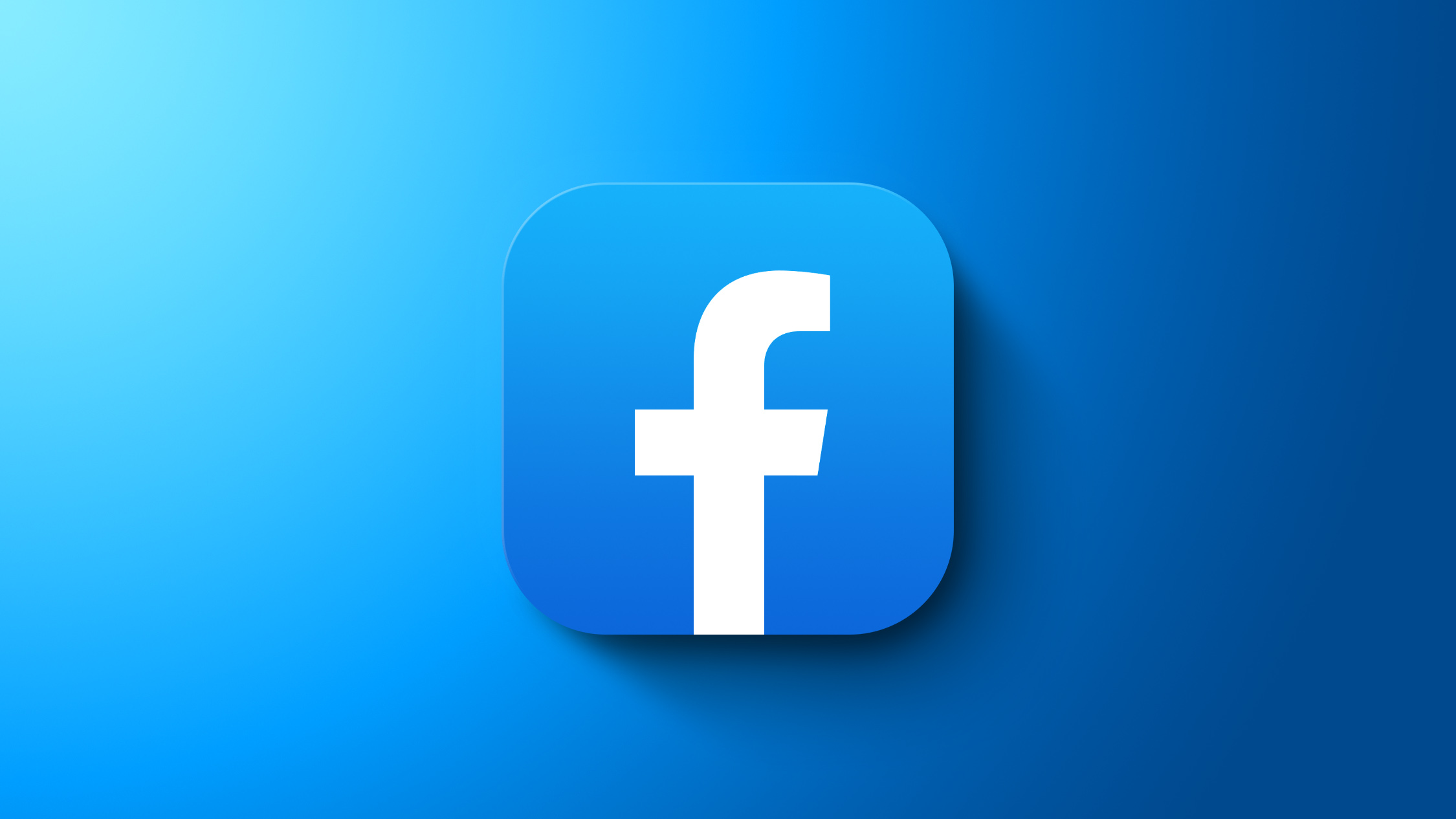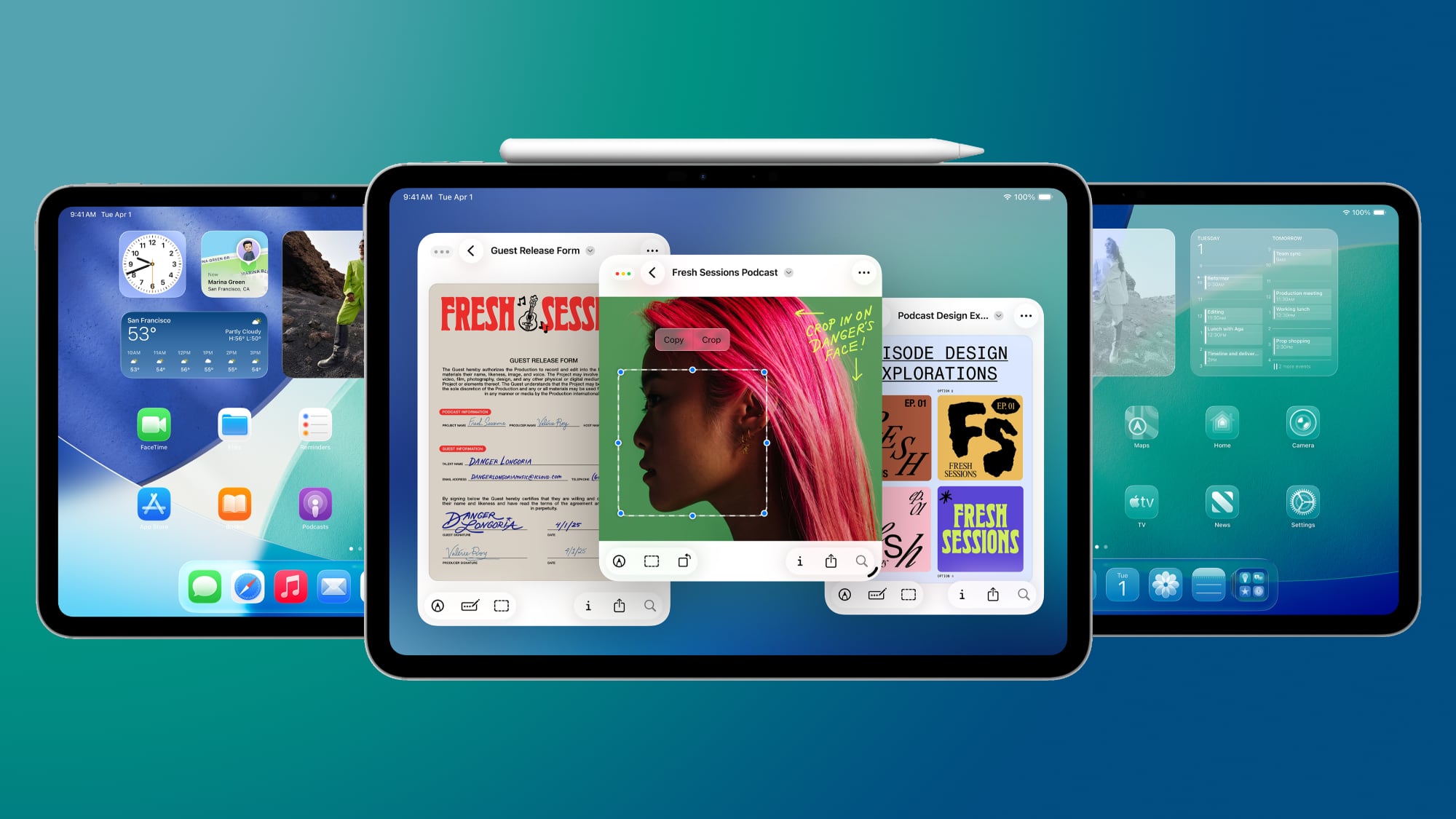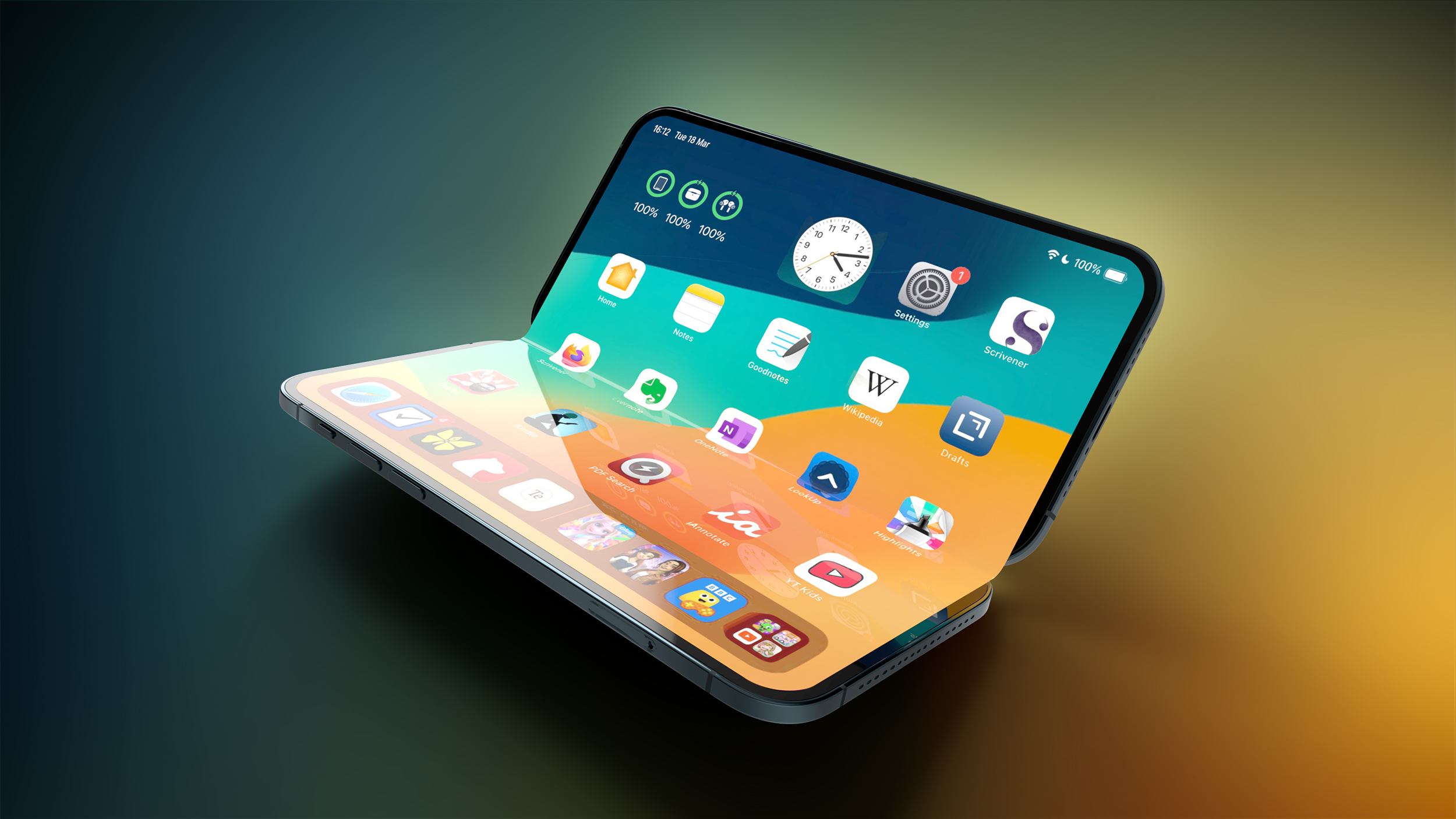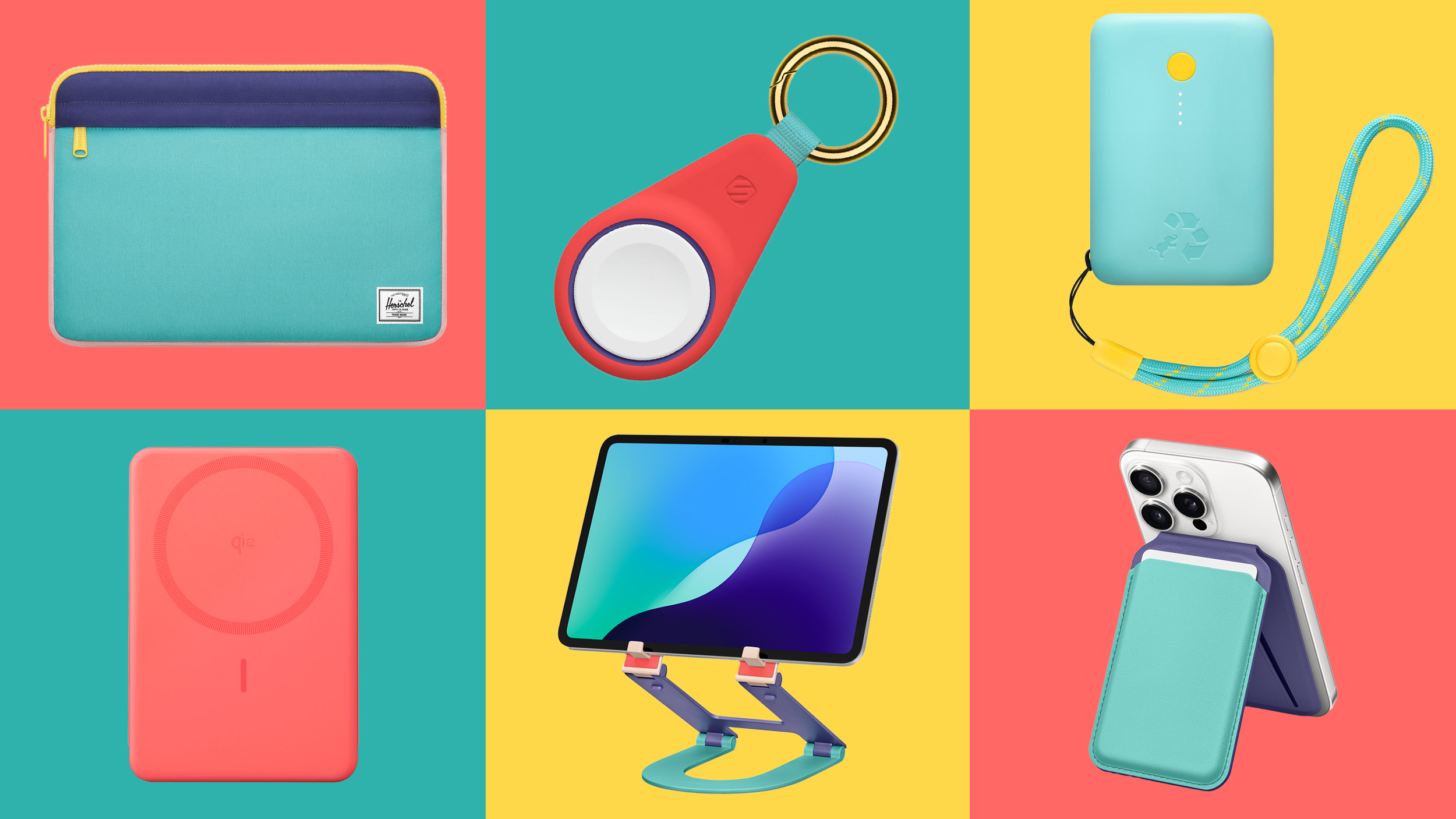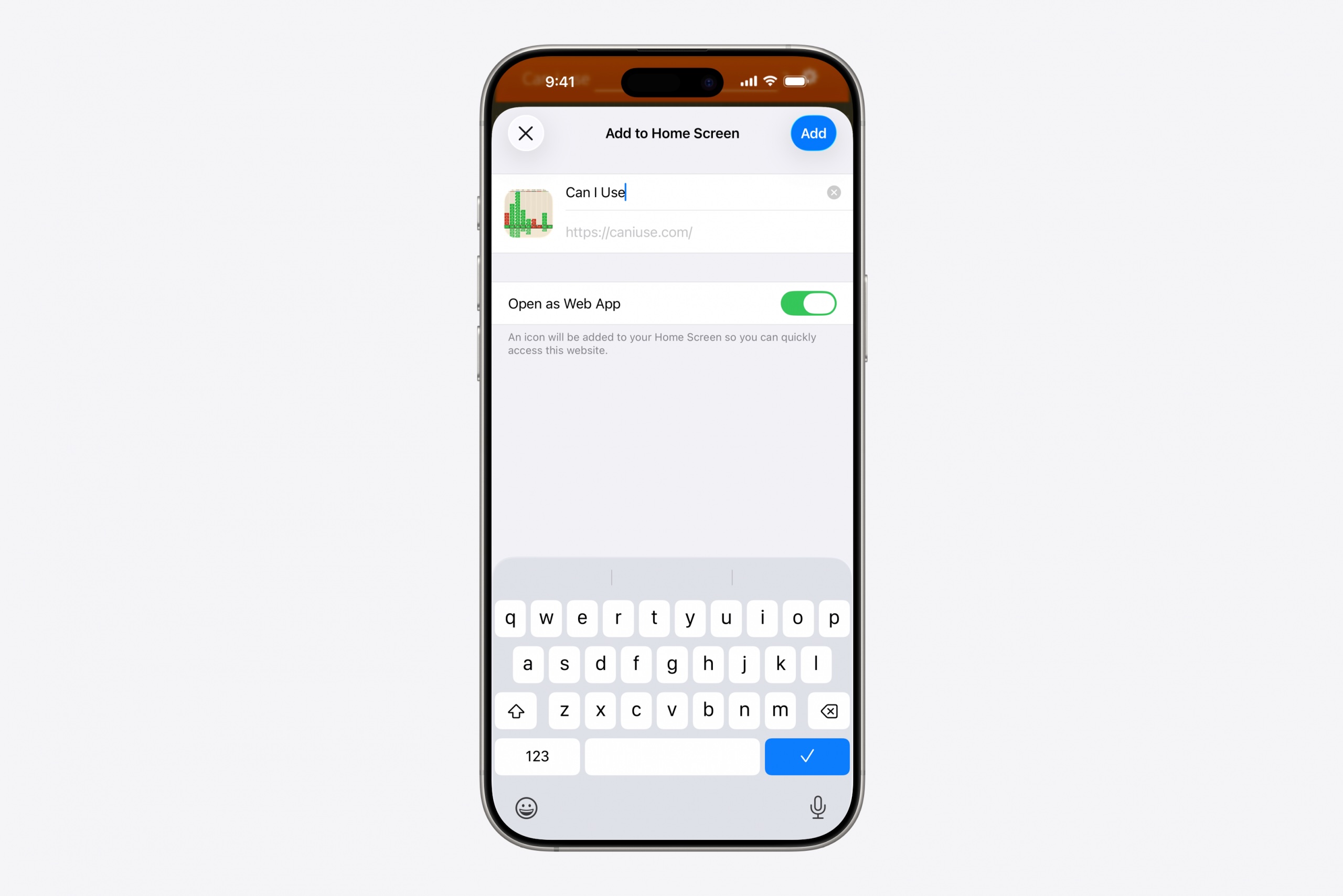Best Apple Deals of the Week: Shop Low Prices on AirPods Pro 2 and AirPods 4, Plus Anker's Charging Sale
This week's best deals are headlined by ongoing low prices on the AirPods Pro 2 and AirPods 4, plus we're still tracking a few solid deals on M4 Mac mini and M4 MacBook Pro. If you're shopping for Apple-related accessories, our exclusive Anker coupon will help you save 20% sitewide this month.
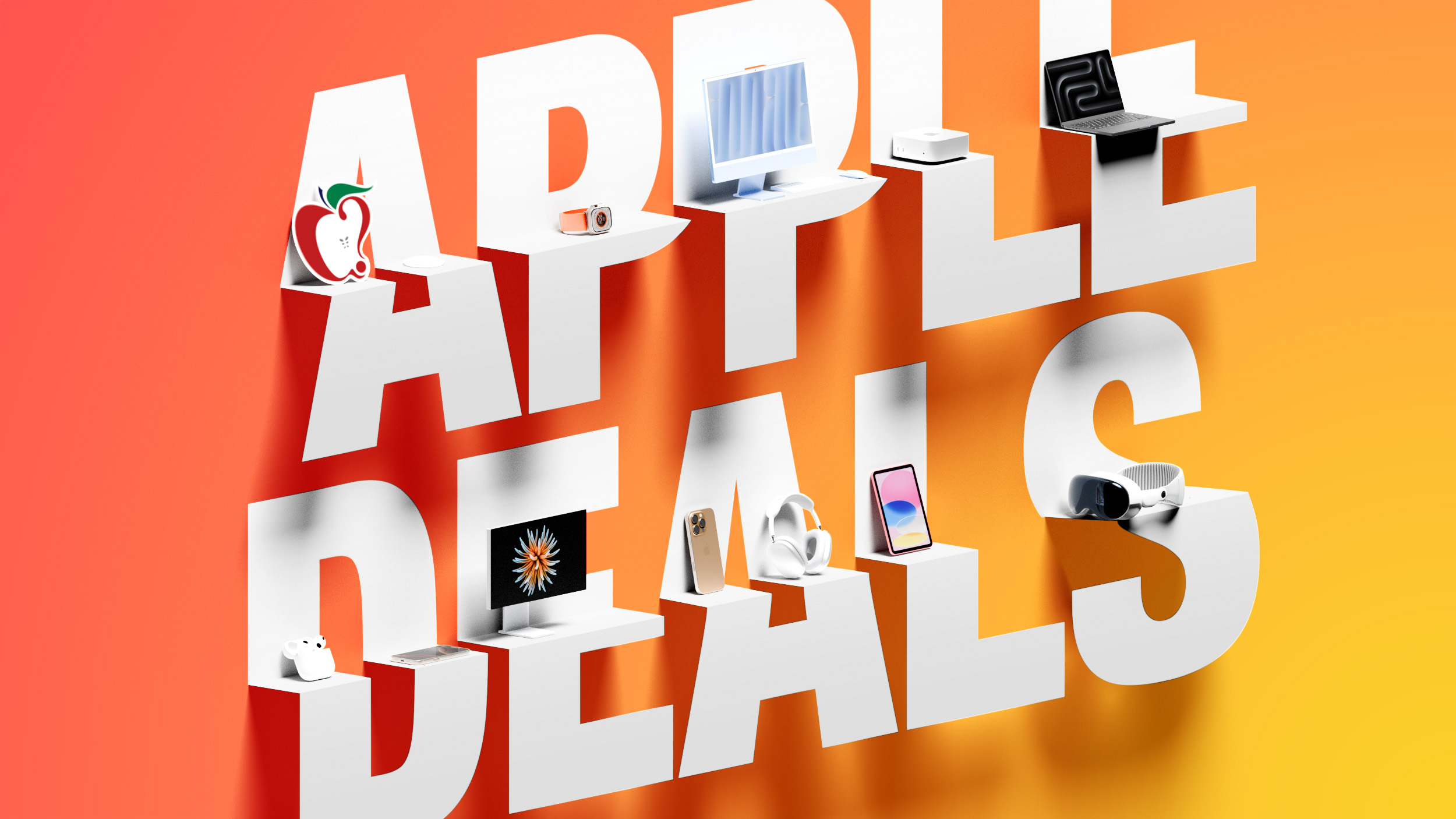 Note: MacRumors is an affiliate partner with some of these vendors. When you click a link and make a purchase, we may receive a small payment, which helps us keep the site running.
Note: MacRumors is an affiliate partner with some of these vendors. When you click a link and make a purchase, we may receive a small payment, which helps us keep the site running.

Amazon has the AirPods Pro 2 for $169.00 this week, down from $249.00. You'll also find solid deals on both versions of the AirPods 4 during this sale, starting at just $99.00 for the base model.
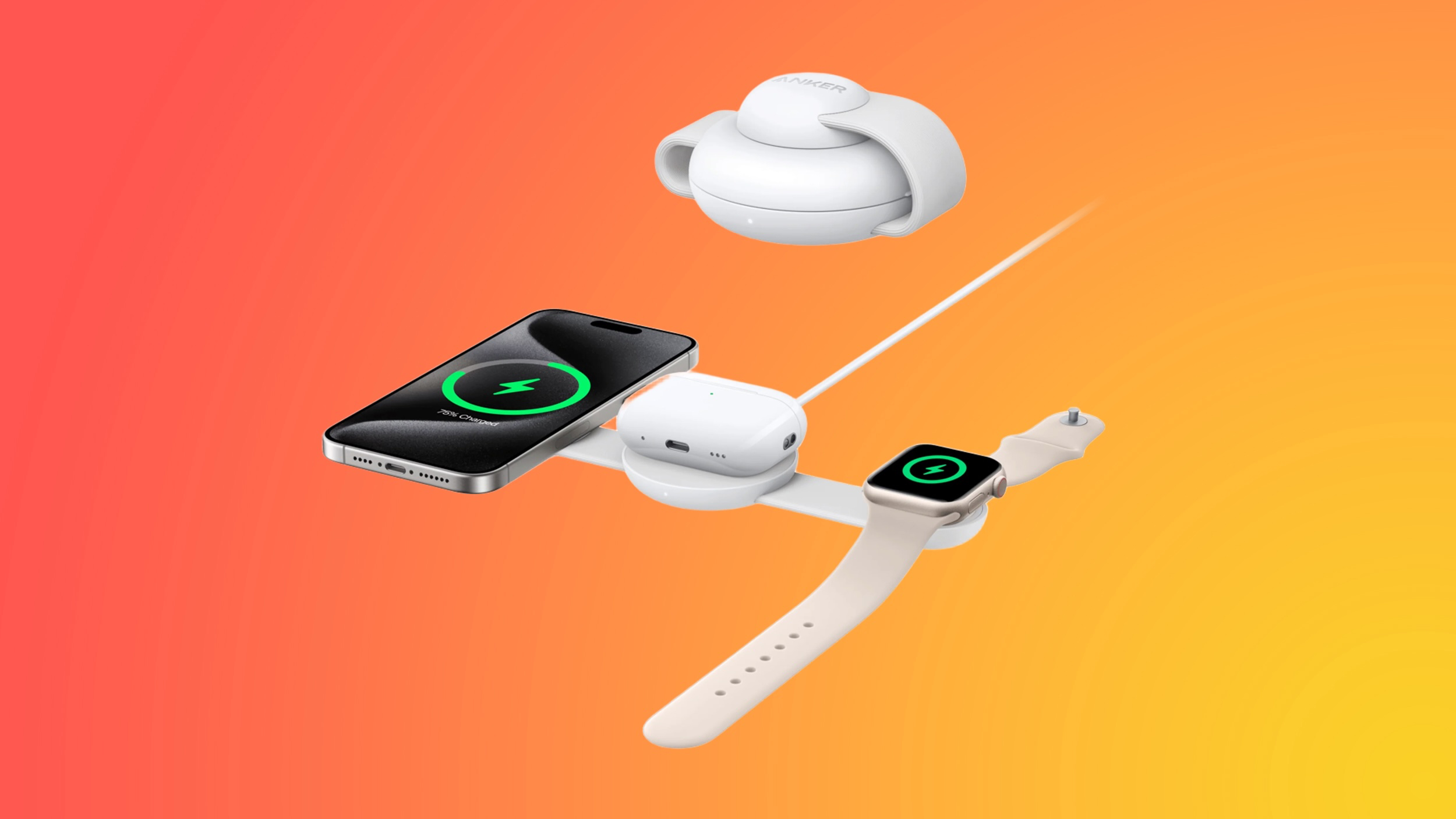
Anker this week introduced a big collection of discounts on numerous charging accessories on Amazon and its own website, with devices like MagSafe-compatible chargers and portable power stations on sale at low prices.
It's also worth noting that MacRumors readers can still get 20 percent off a collection of Anker's best charging accessories over on Anker's website. In order to get this deal, head to Anker's website and add an accessory to your cart, then enter the code Ankermacrumors2025 at checkout to see the discount.
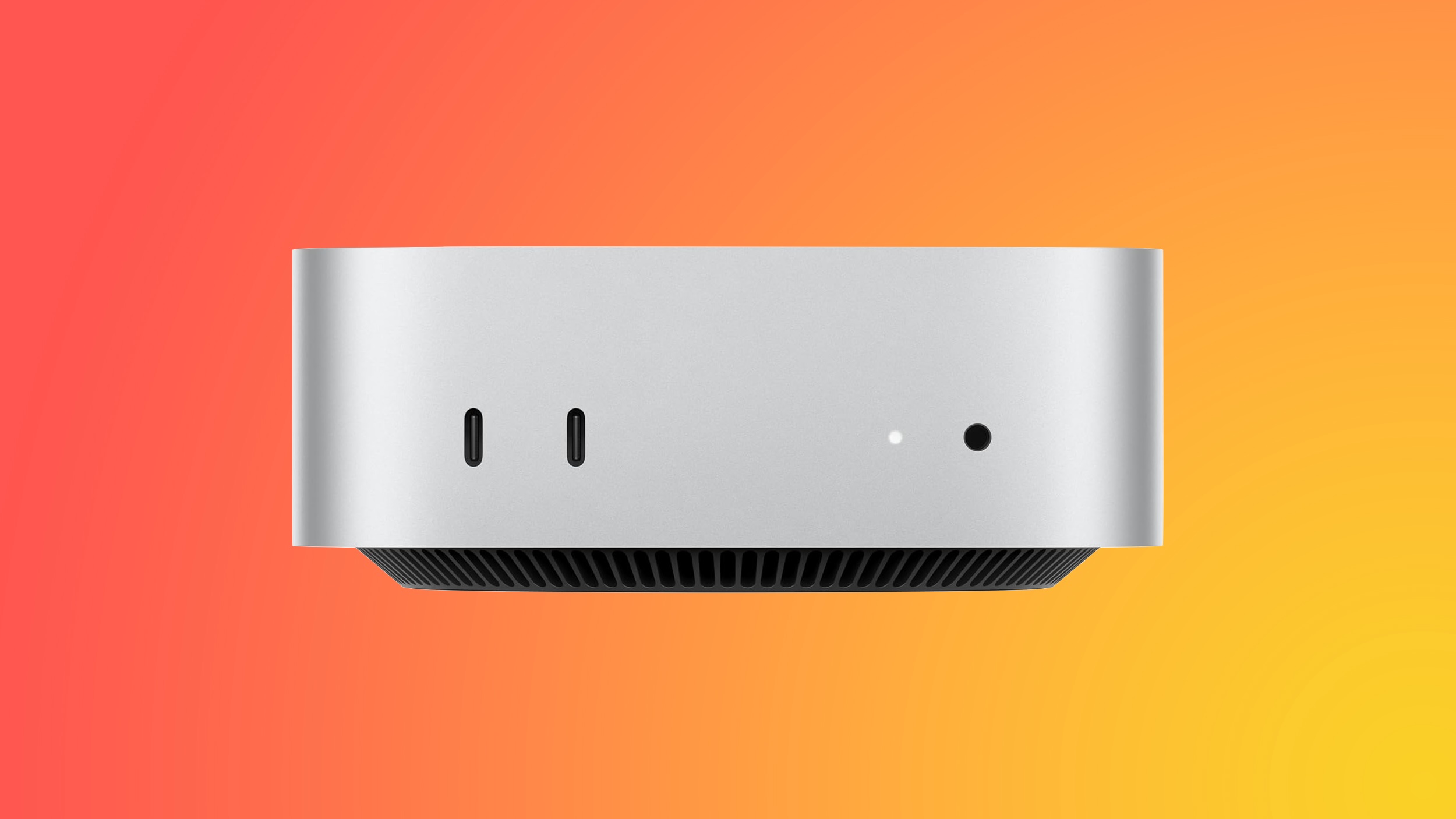
Amazon this week has a few models of Apple's M4 Mac mini on sale at record low prices, starting at $469.00 for the model with 16GB RAM/256GB SSD, down from $599.00. Discounts reach up to $150 off in these sales, and this time around there isn't a discount on the M4 Pro model.
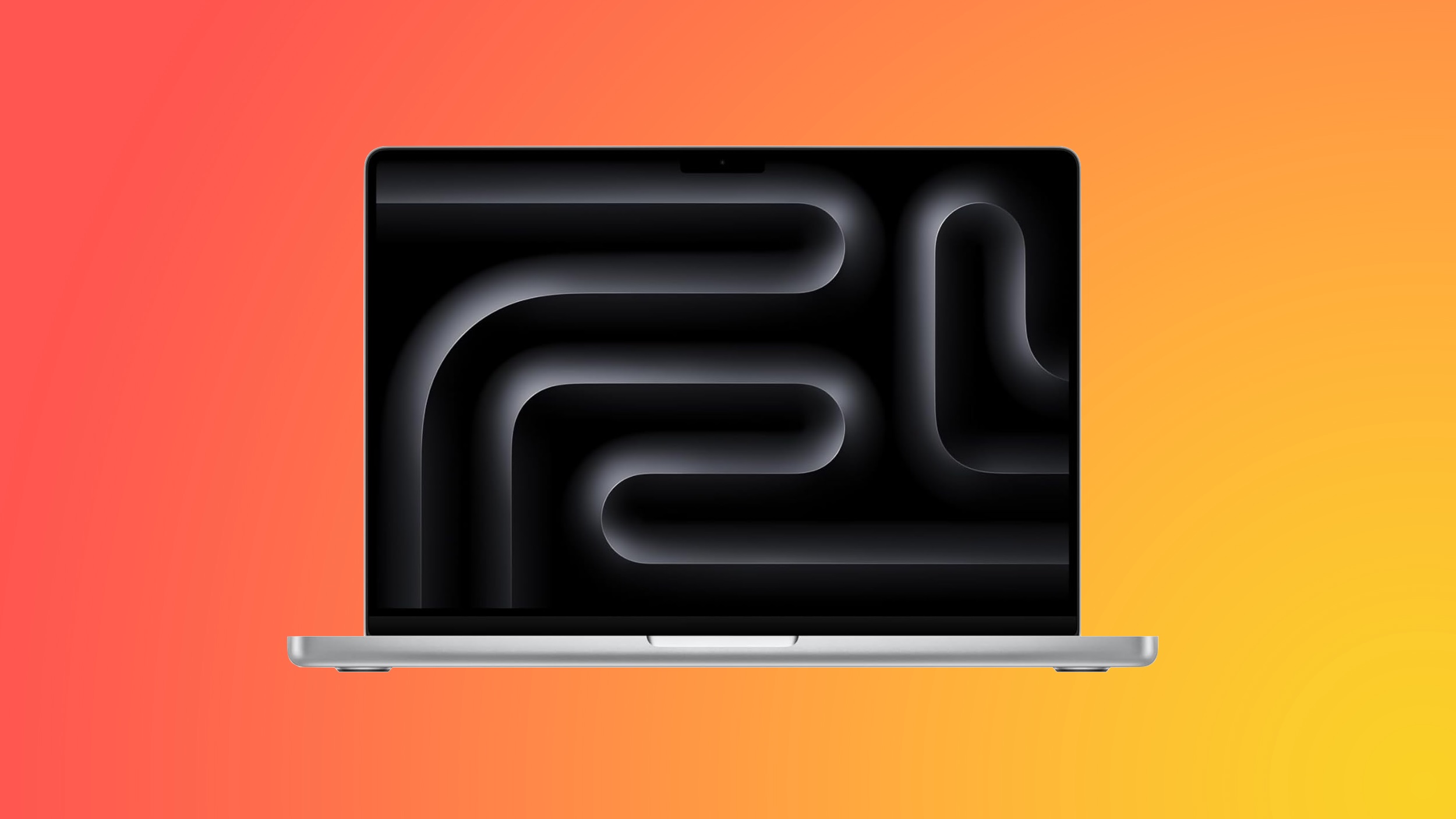
This week we tracked a collection of discounts on Apple's M4 MacBook Pro at Amazon, including as much as $400 off select models of the computer. Most of these deals represent solid second-best prices on each model.
If you're on the hunt for more discounts, be sure to visit our Apple Deals roundup where we recap the best Apple-related bargains of the past week.
Interested in hearing more about the best deals you can find in 2025? Sign up for our Deals Newsletter and we'll keep you updated so you don't miss the biggest deals of the season!
This article, "Best Apple Deals of the Week: Shop Low Prices on AirPods Pro 2 and AirPods 4, Plus Anker's Charging Sale" first appeared on MacRumors.com
Discuss this article in our forums
 Note: MacRumors is an affiliate partner with some of these vendors. When you click a link and make a purchase, we may receive a small payment, which helps us keep the site running.
Note: MacRumors is an affiliate partner with some of these vendors. When you click a link and make a purchase, we may receive a small payment, which helps us keep the site running.
AirPods

- What's the deal? Take up to $80 off AirPods models
- Where can I get it? Amazon
- Where can I find the original deal? Right here
Amazon has the AirPods Pro 2 for $169.00 this week, down from $249.00. You'll also find solid deals on both versions of the AirPods 4 during this sale, starting at just $99.00 for the base model.
Anker

- What's the deal? Save on Anker's best charging accessories
- Where can I get it? Amazon and Anker
- Where can I find the original deal? Right here
Anker this week introduced a big collection of discounts on numerous charging accessories on Amazon and its own website, with devices like MagSafe-compatible chargers and portable power stations on sale at low prices.
It's also worth noting that MacRumors readers can still get 20 percent off a collection of Anker's best charging accessories over on Anker's website. In order to get this deal, head to Anker's website and add an accessory to your cart, then enter the code Ankermacrumors2025 at checkout to see the discount.
- 3-in-1 MagGo Foldable Travel Charger - $71.99, down from $89.99
- 3-in-1 MagGo Qi2 Charging Station - $82.48, down from $109.99
- 3-in-1 MagGo Charger Cube - $103.99, down from $149.99
- MagGo 10,000 mAh Power Bank - $64.00, down from $79.99
- Prime 20,000 mAh Power Bank - $89.99, down from $139.99
Mac Mini

- What's the deal? Take up to $150 off M4 Mac mini
- Where can I get it? Amazon
- Where can I find the original deal? Right here
Amazon this week has a few models of Apple's M4 Mac mini on sale at record low prices, starting at $469.00 for the model with 16GB RAM/256GB SSD, down from $599.00. Discounts reach up to $150 off in these sales, and this time around there isn't a discount on the M4 Pro model.
MacBook Pro

- What's the deal? Take up to $400 off M4 MacBook Pro
- Where can I get it? Amazon
- Where can I find the original deal? Right here
This week we tracked a collection of discounts on Apple's M4 MacBook Pro at Amazon, including as much as $400 off select models of the computer. Most of these deals represent solid second-best prices on each model.
If you're on the hunt for more discounts, be sure to visit our Apple Deals roundup where we recap the best Apple-related bargains of the past week.
Deals Newsletter
Interested in hearing more about the best deals you can find in 2025? Sign up for our Deals Newsletter and we'll keep you updated so you don't miss the biggest deals of the season!
Related Roundup: Apple Deals
This article, "Best Apple Deals of the Week: Shop Low Prices on AirPods Pro 2 and AirPods 4, Plus Anker's Charging Sale" first appeared on MacRumors.com
Discuss this article in our forums
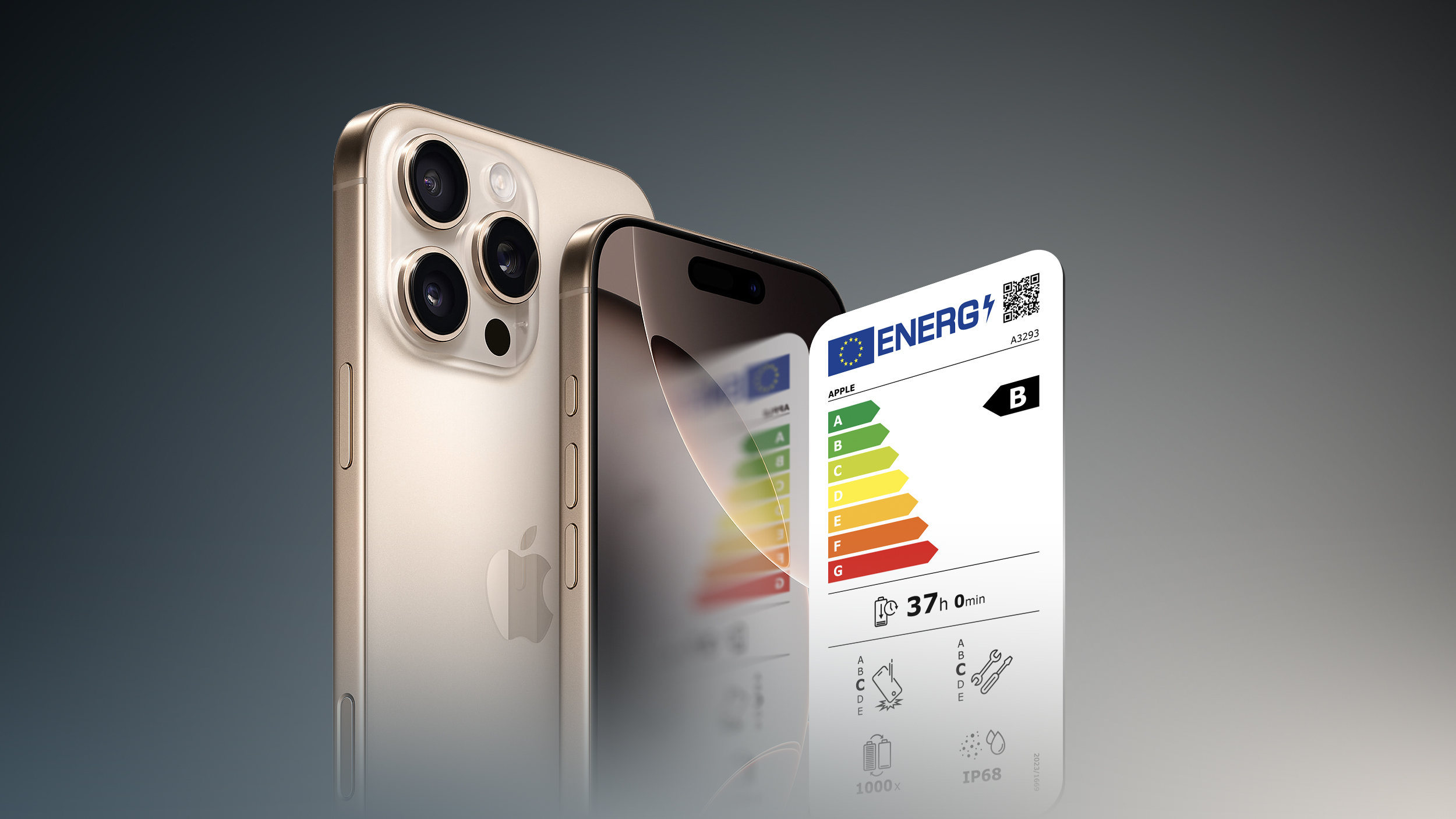


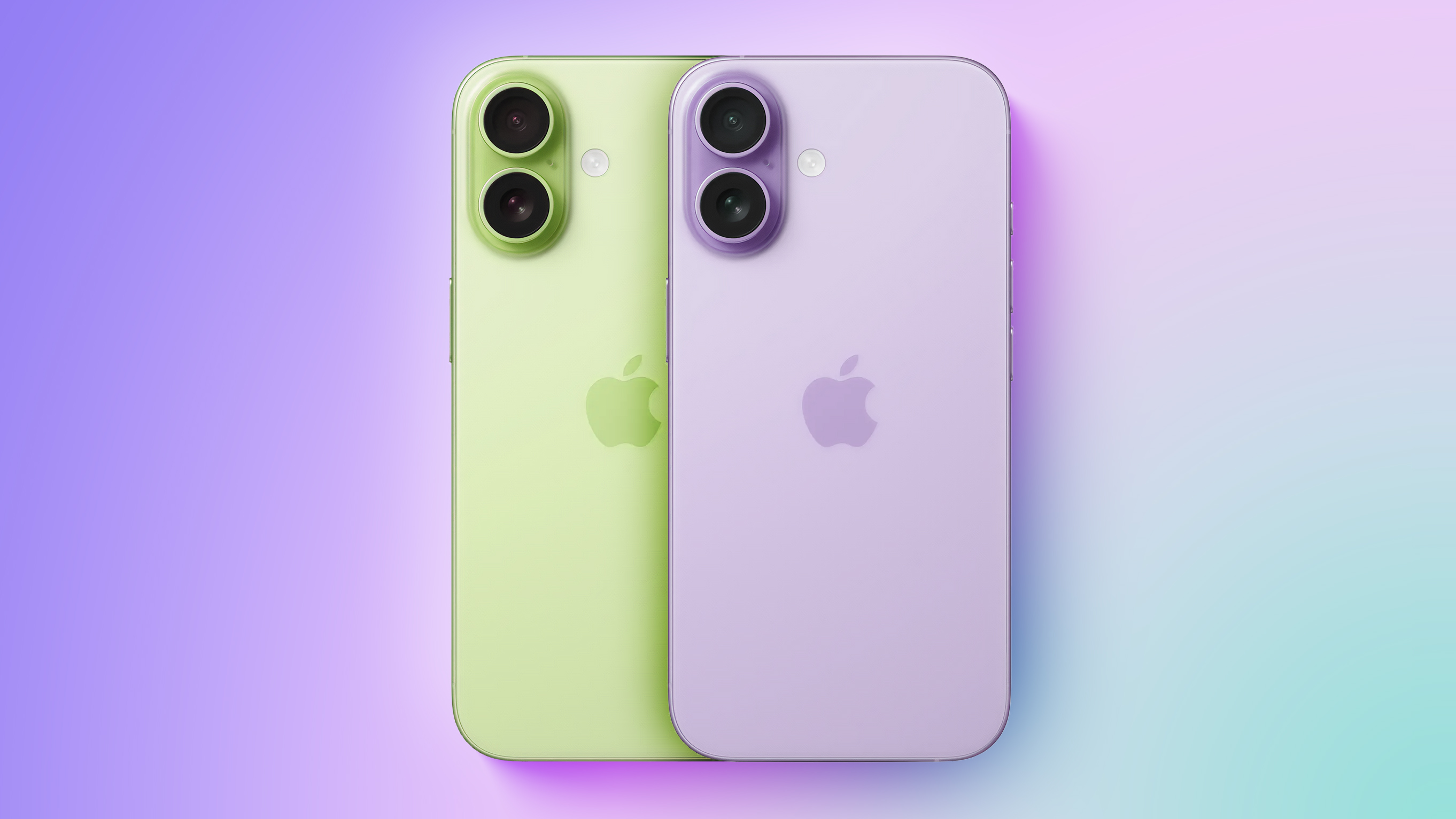
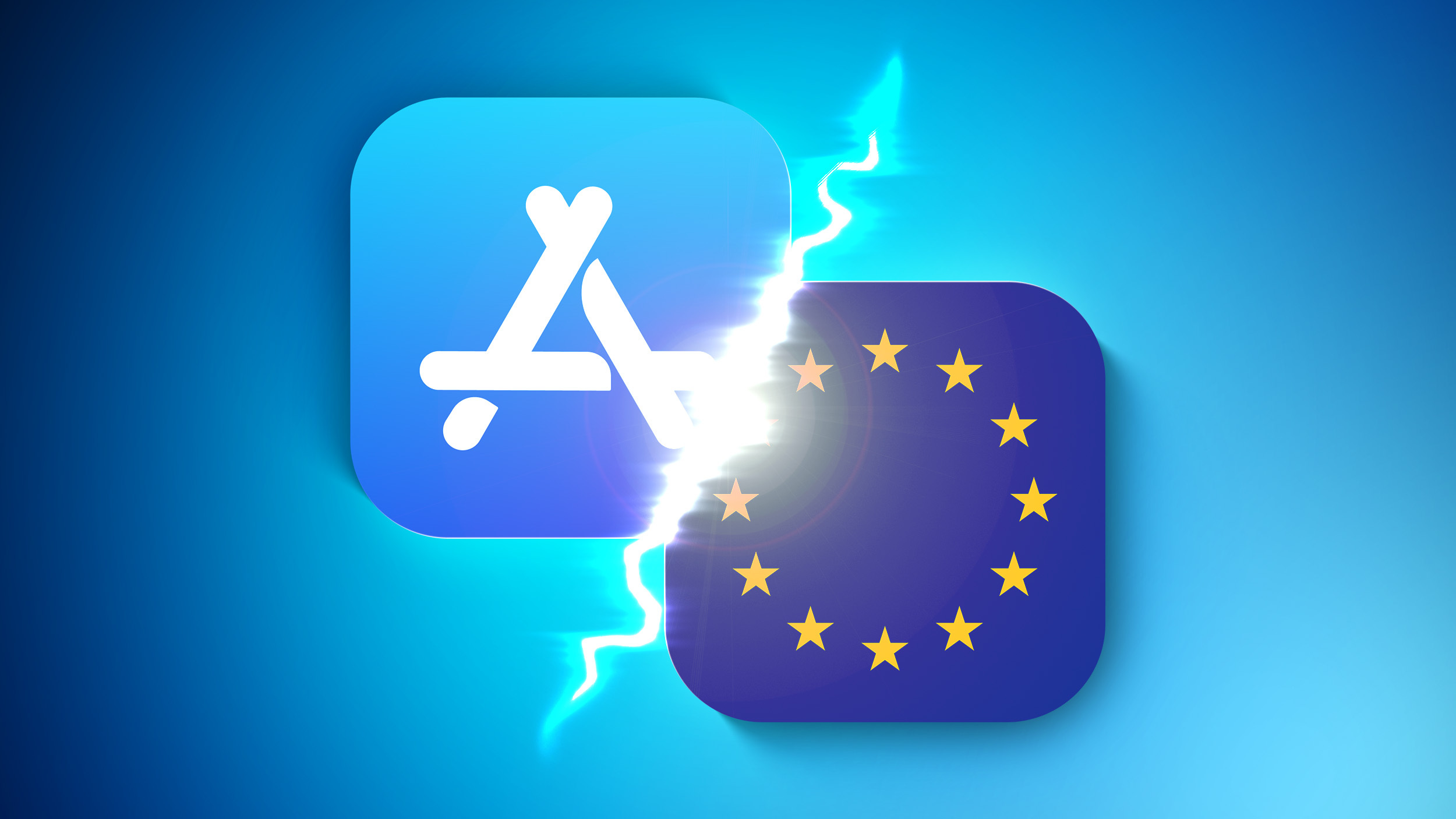

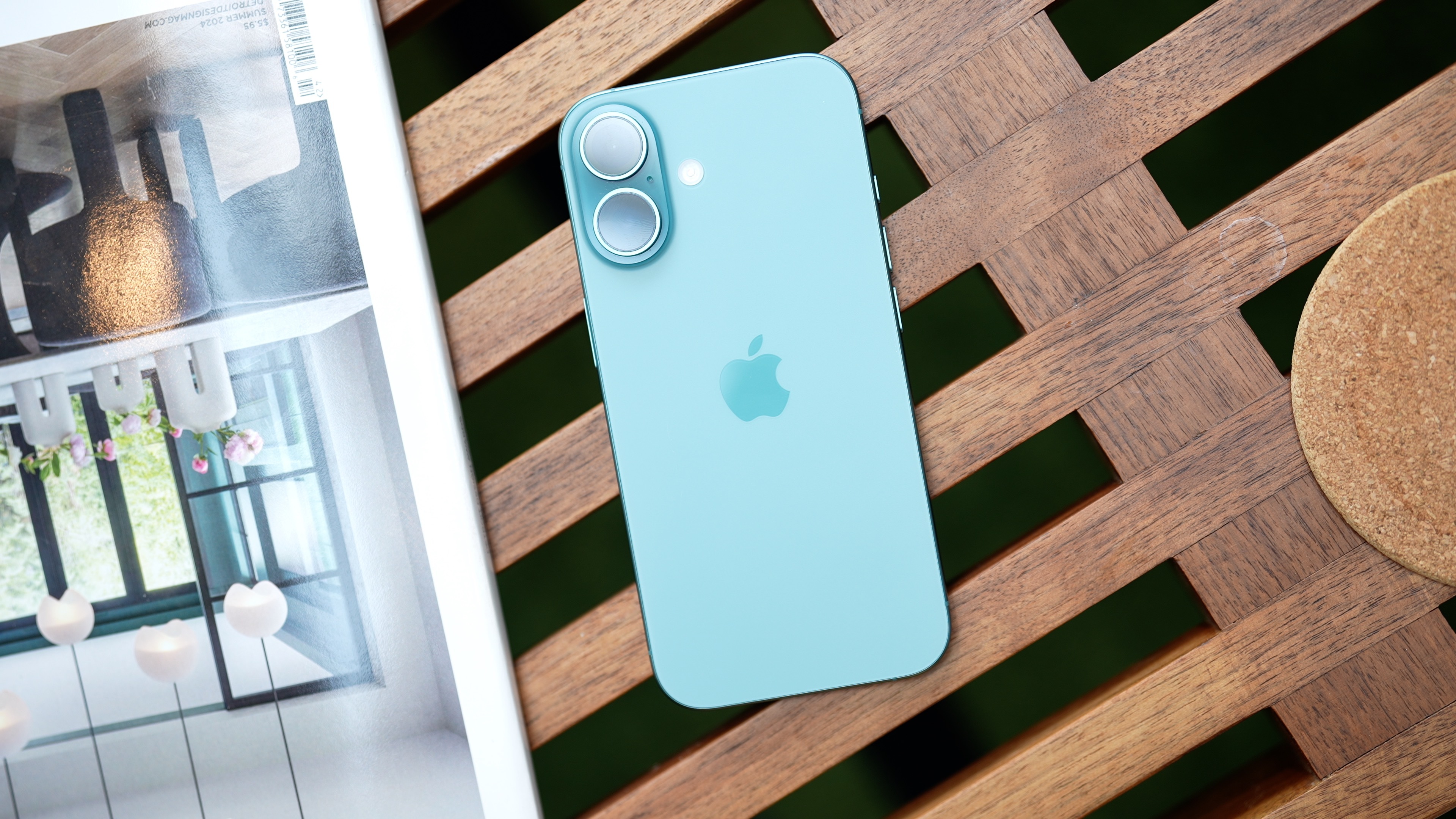




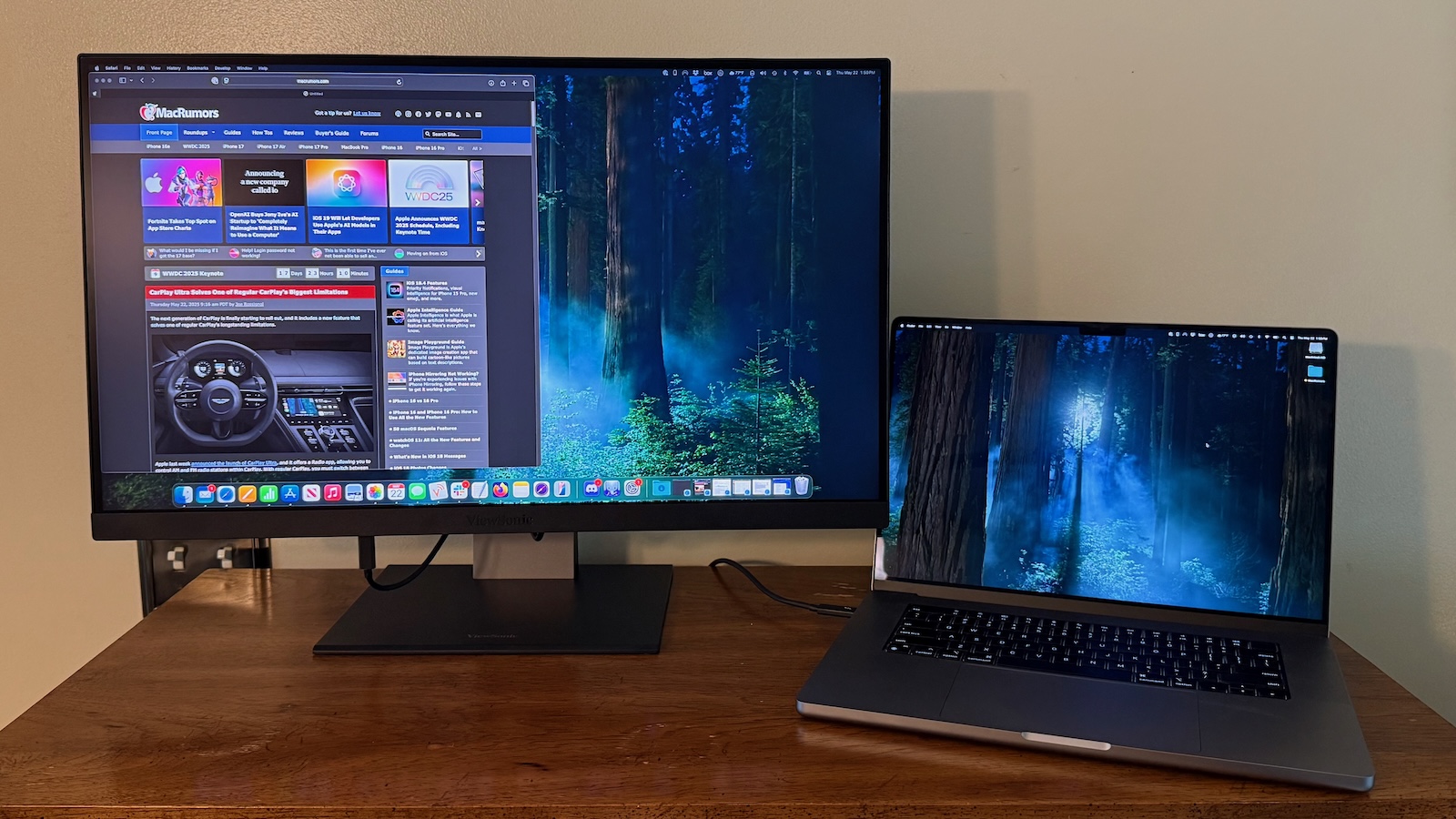 ViewSonic 2788-5K
ViewSonic 2788-5K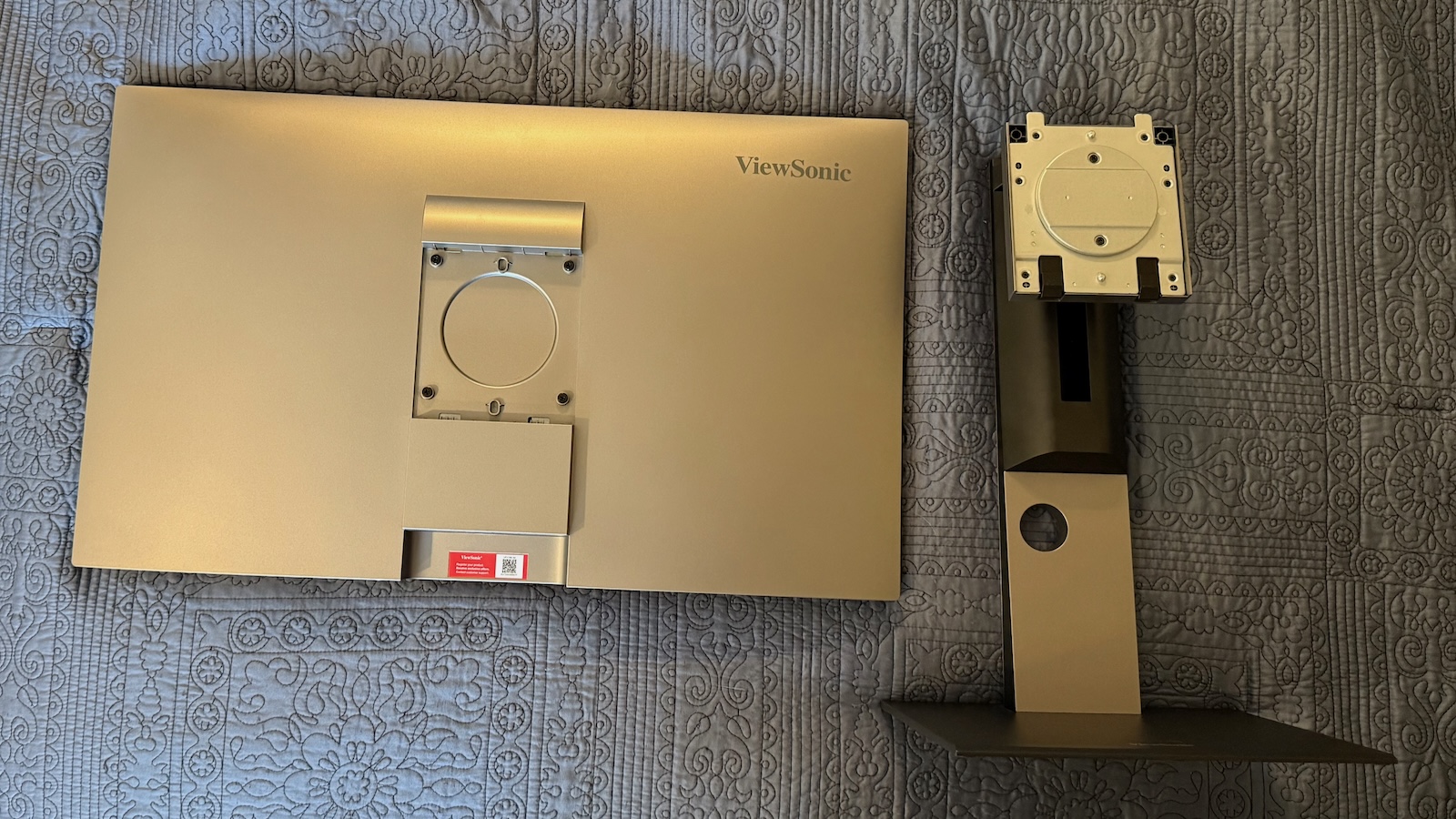

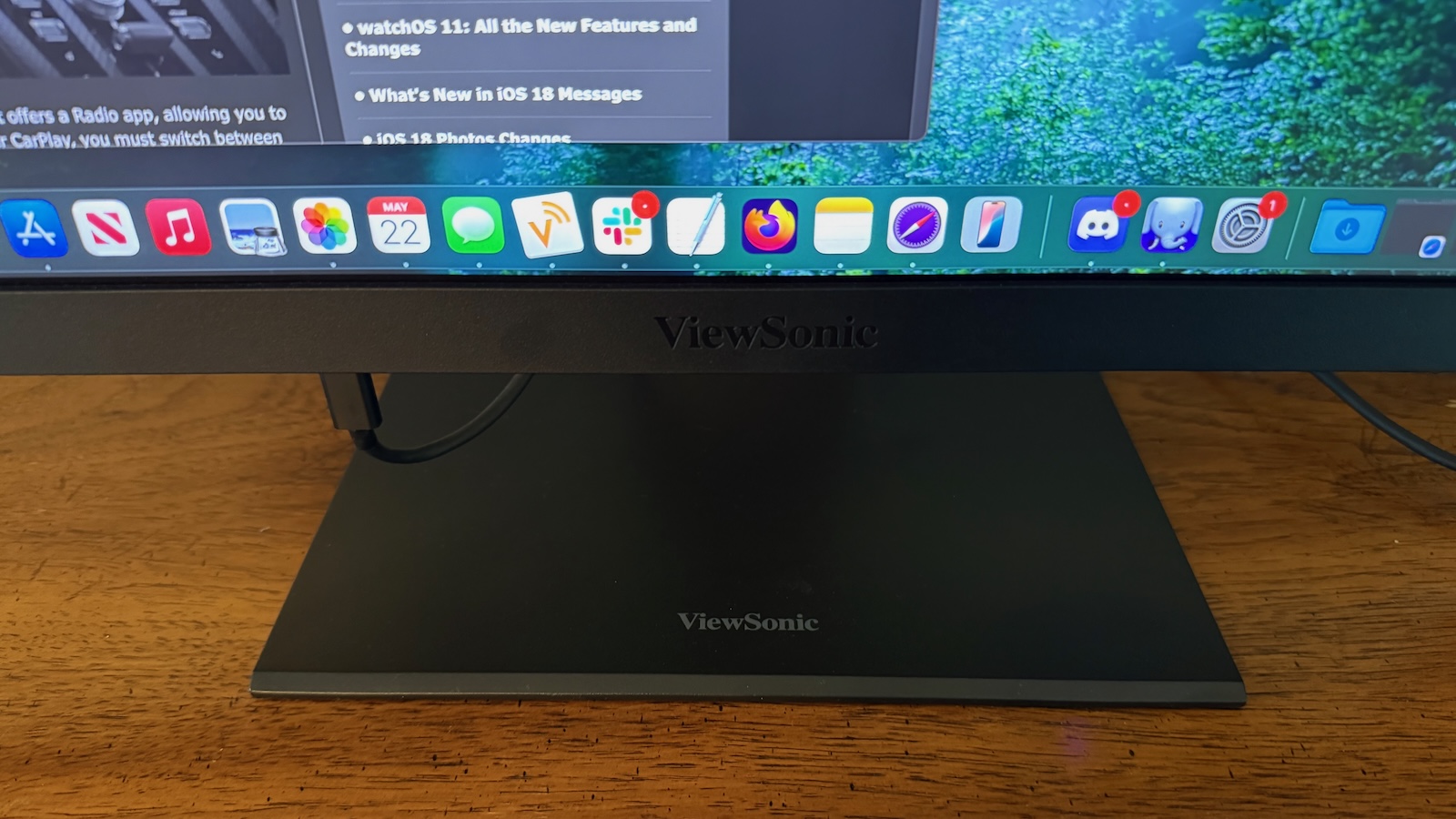
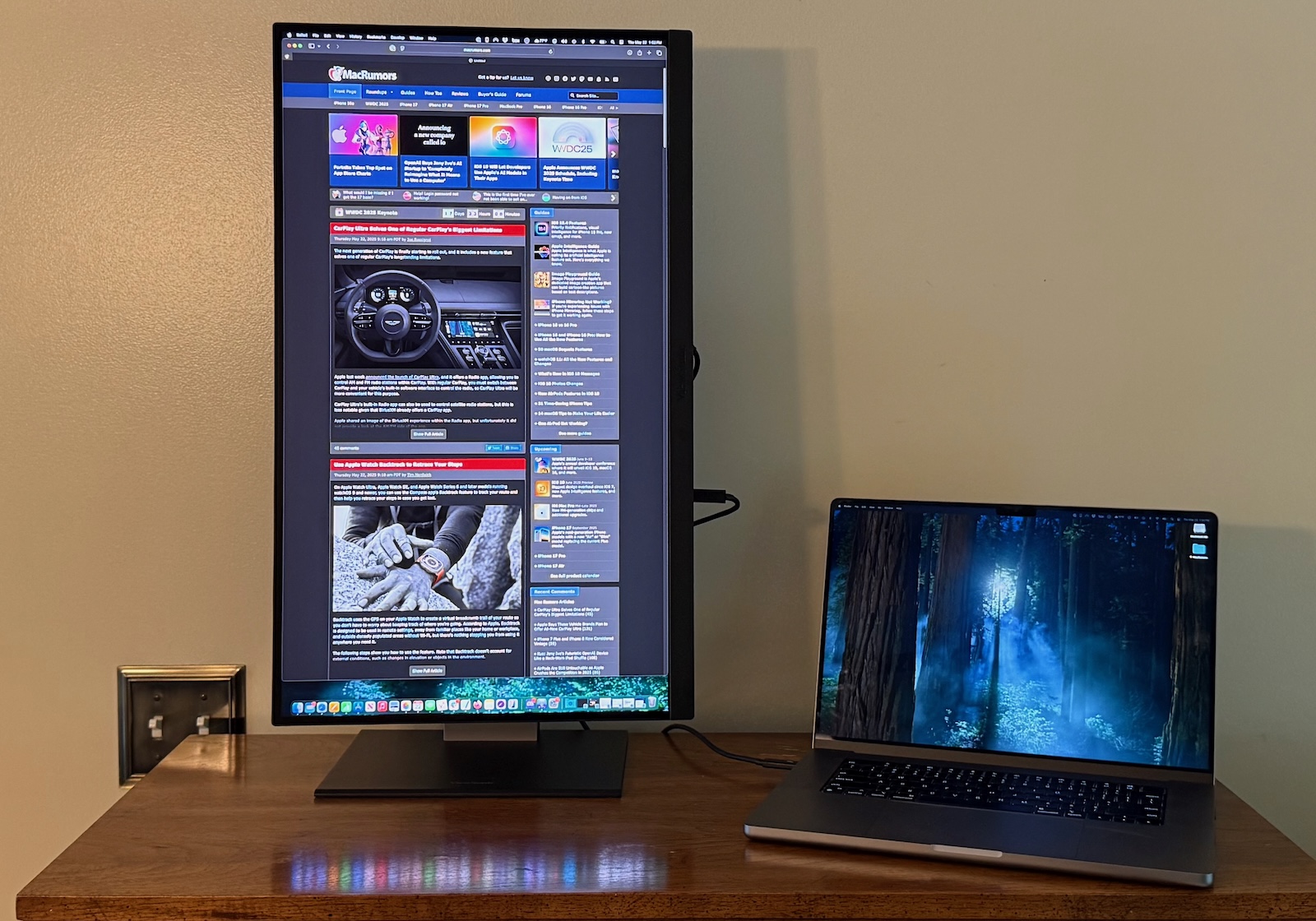

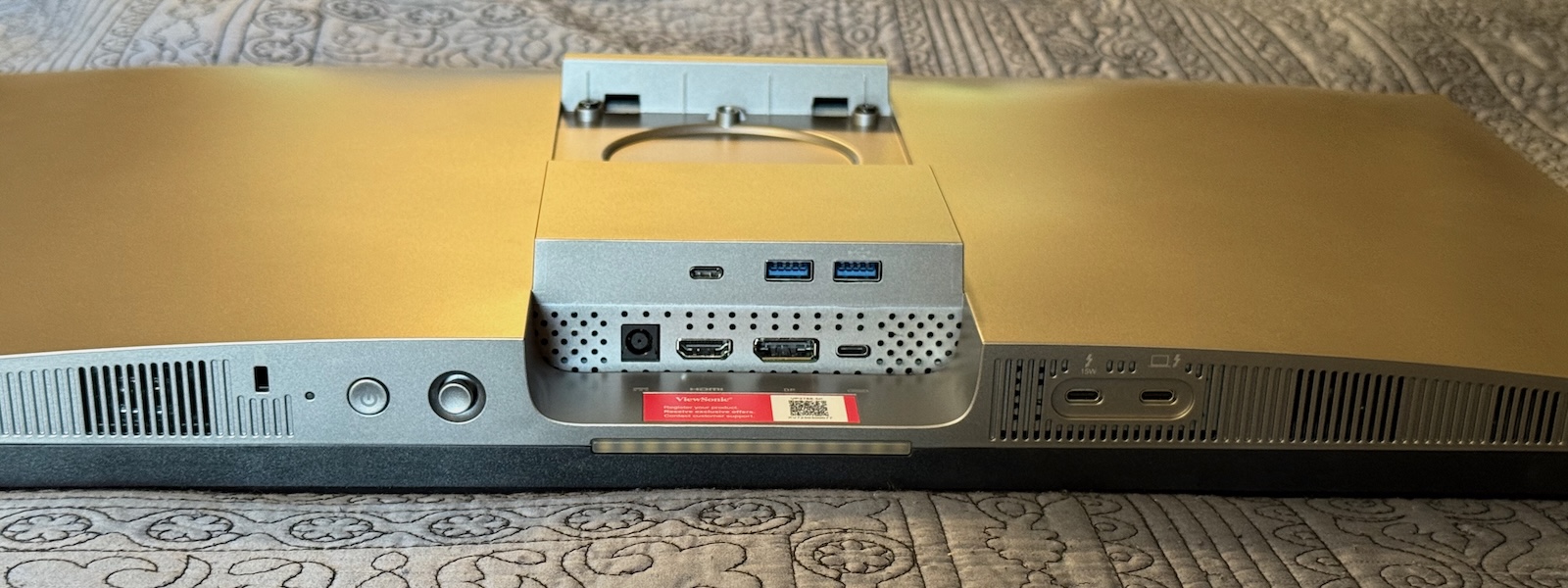
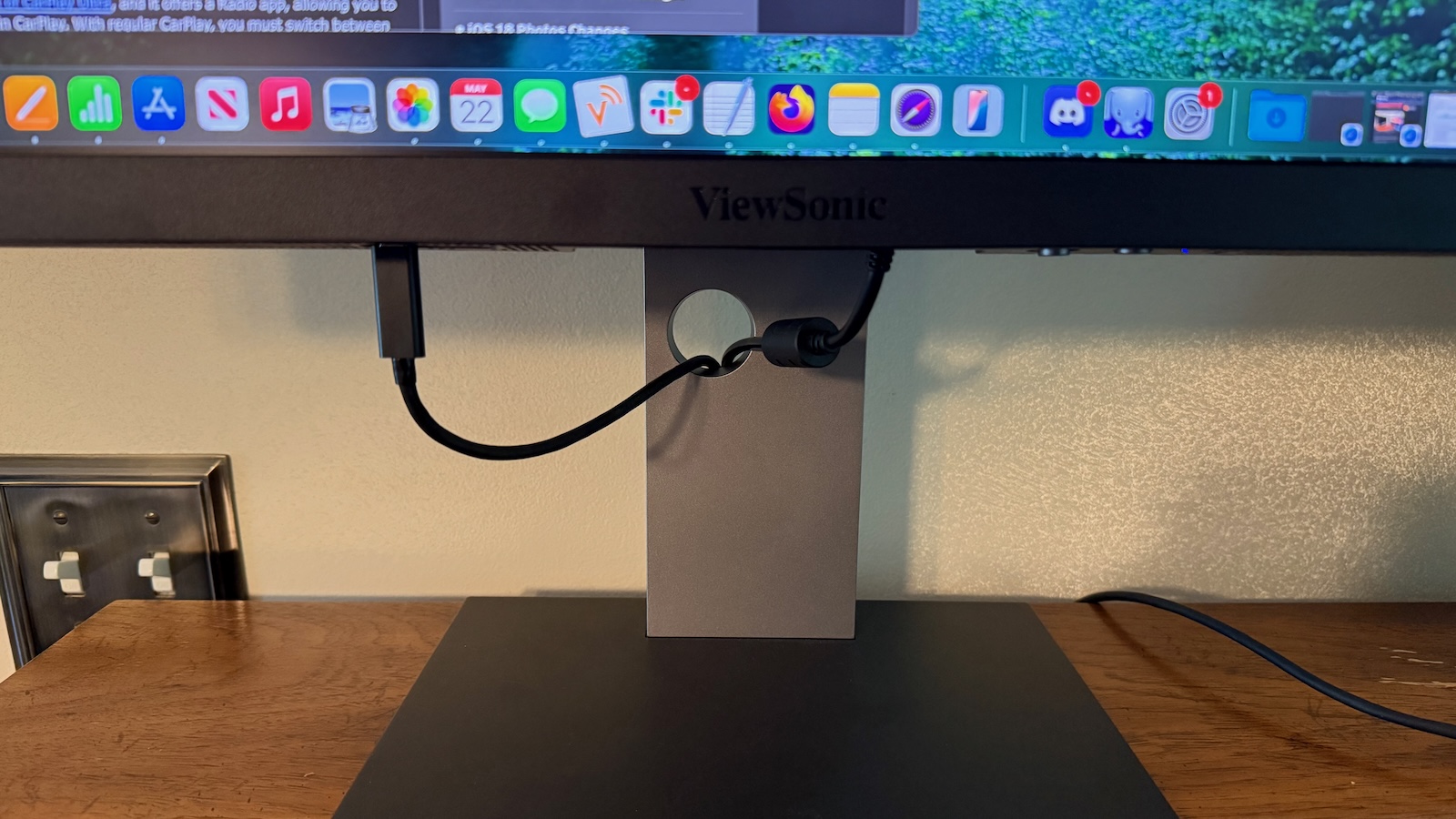
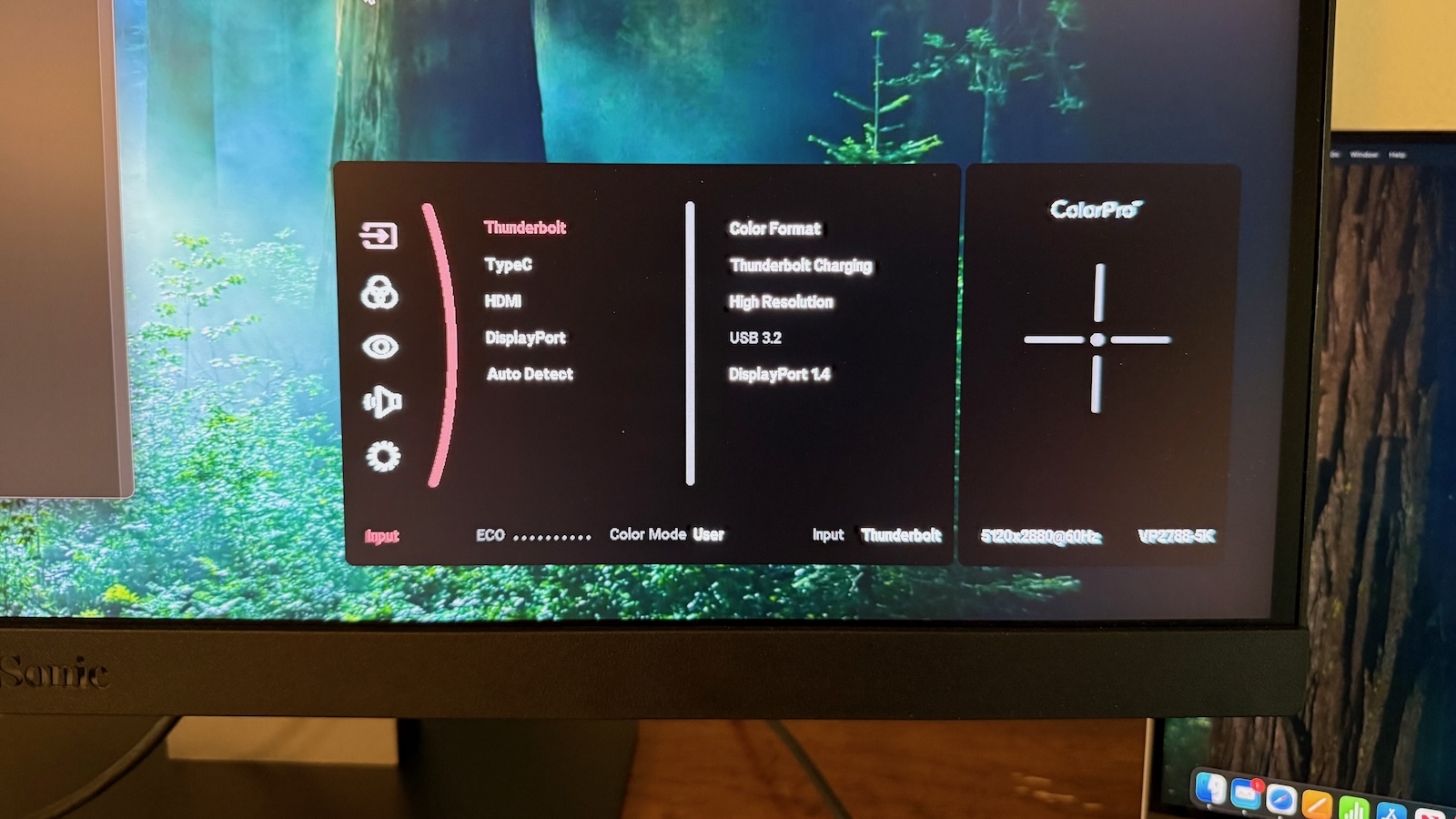
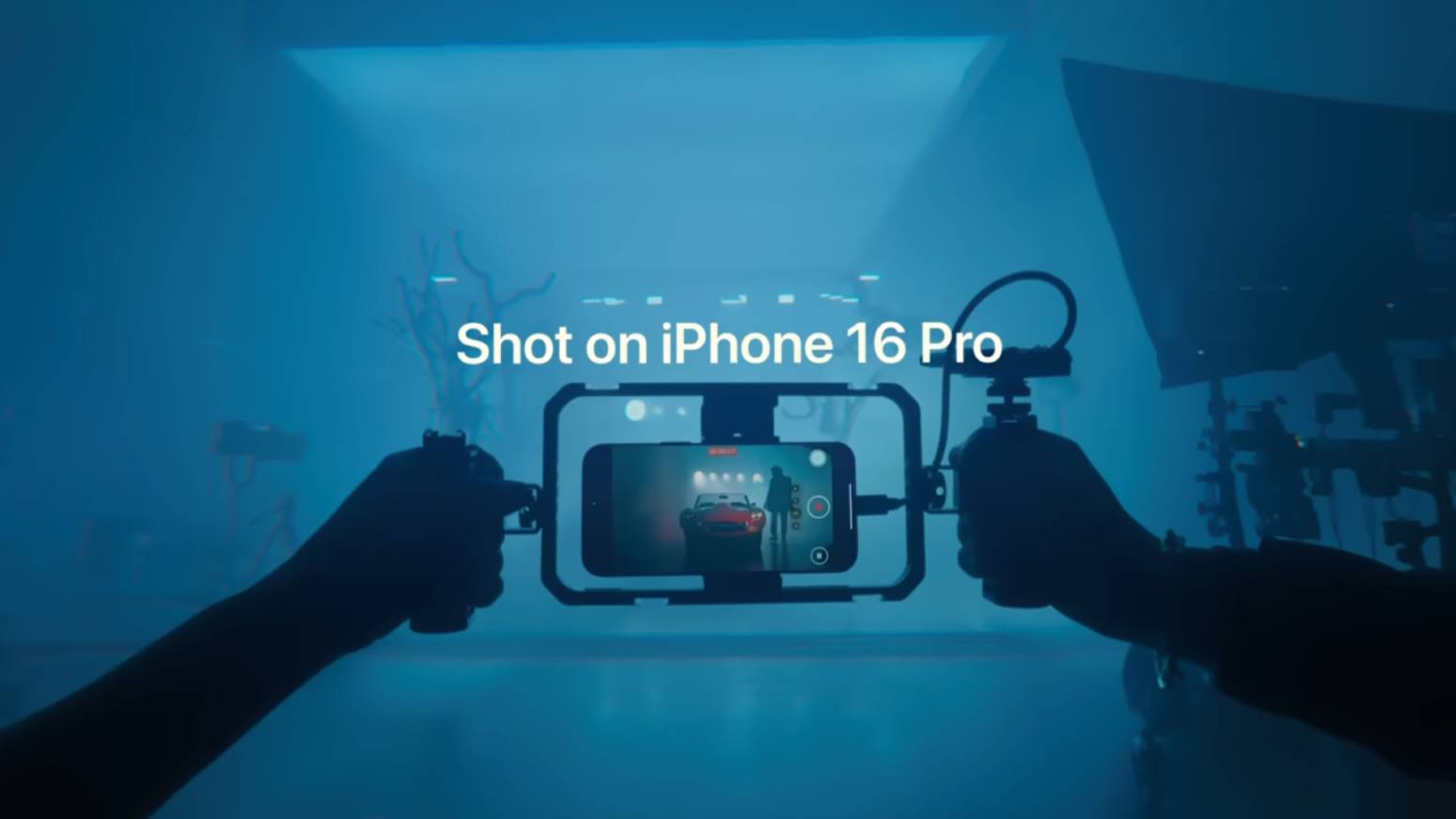


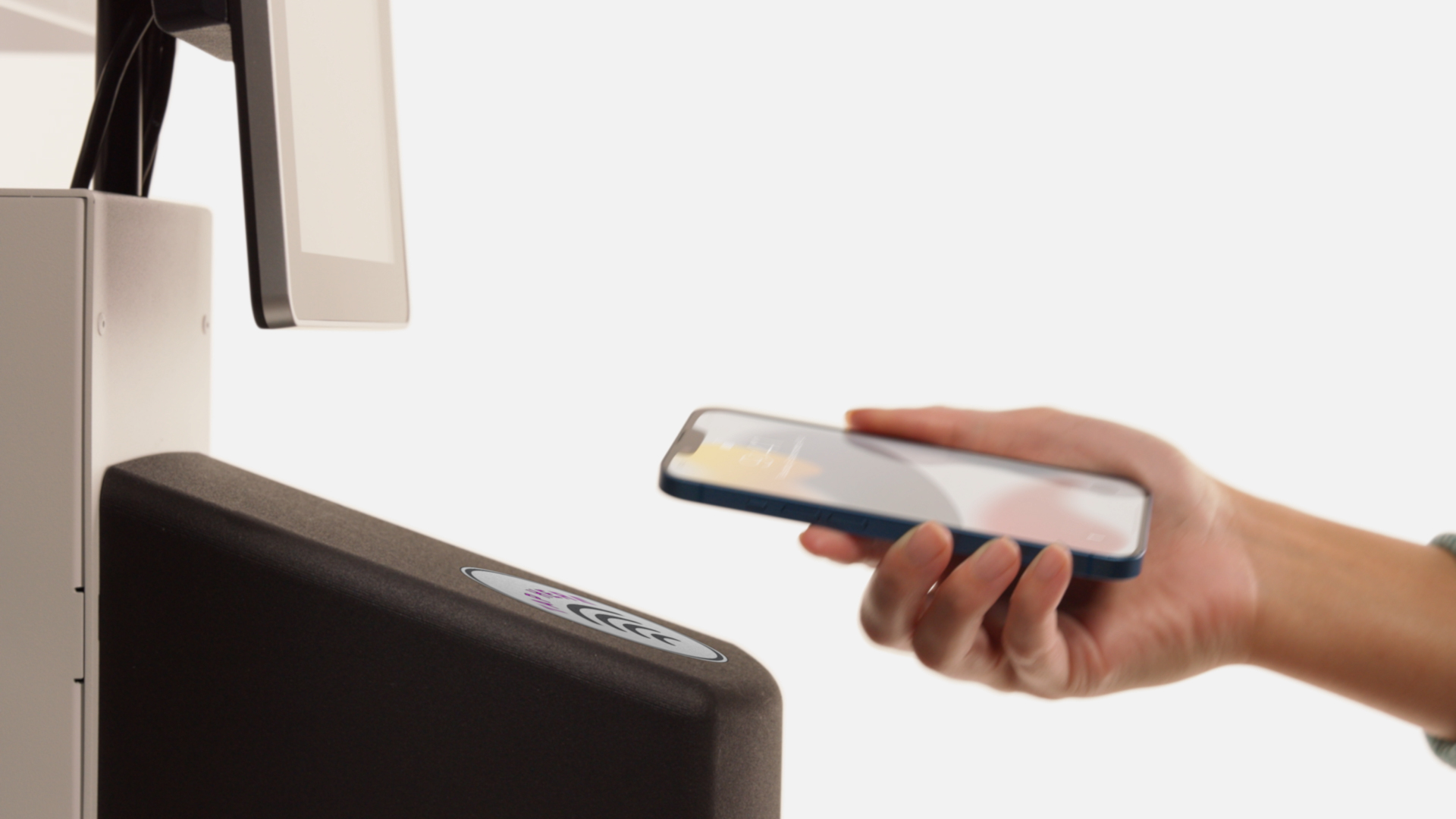



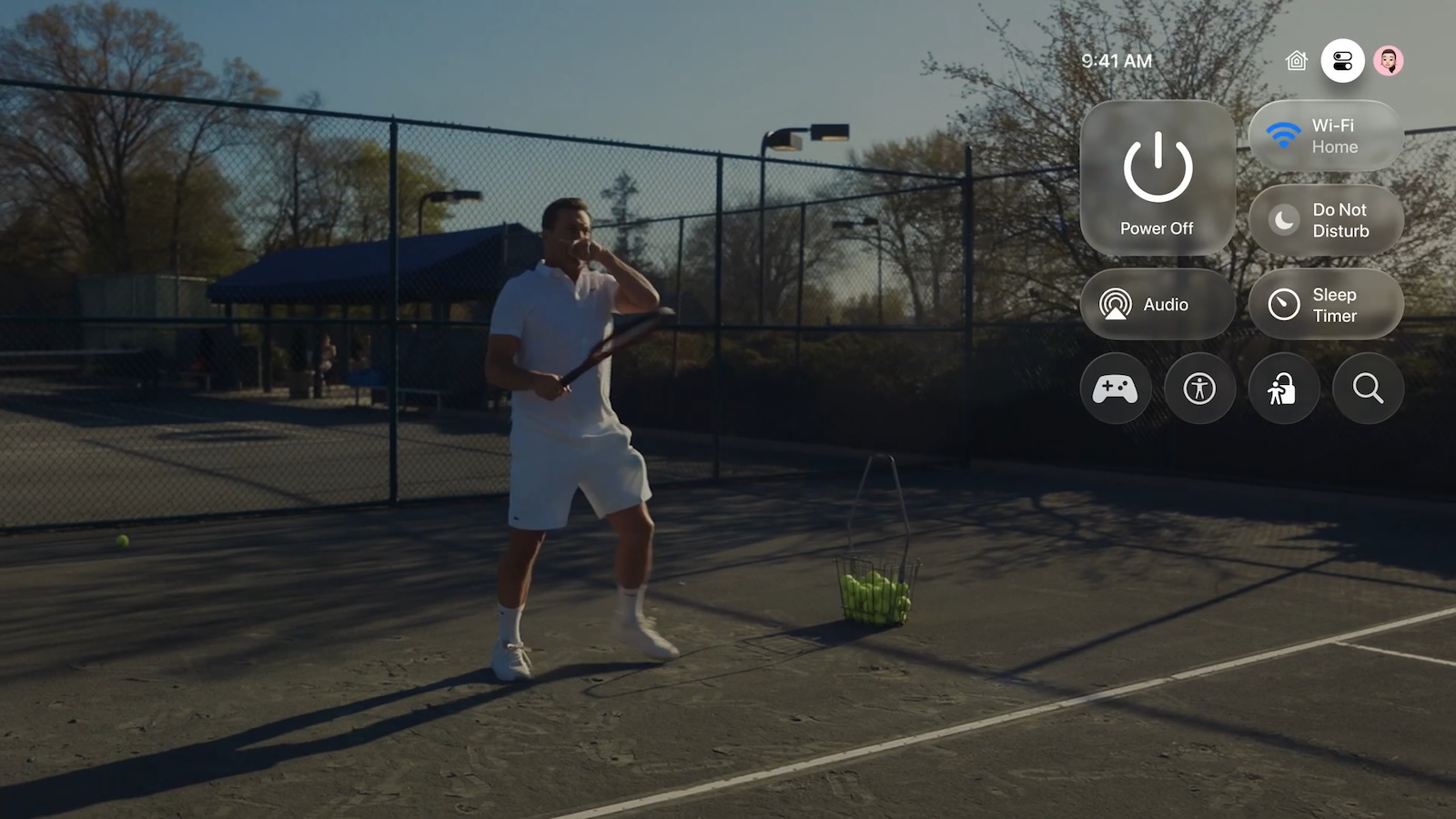



 Note: MacRumors is an affiliate partner with Amazon. When you click a link and make a purchase, we may receive a small payment, which helps us keep the site running.
Note: MacRumors is an affiliate partner with Amazon. When you click a link and make a purchase, we may receive a small payment, which helps us keep the site running.
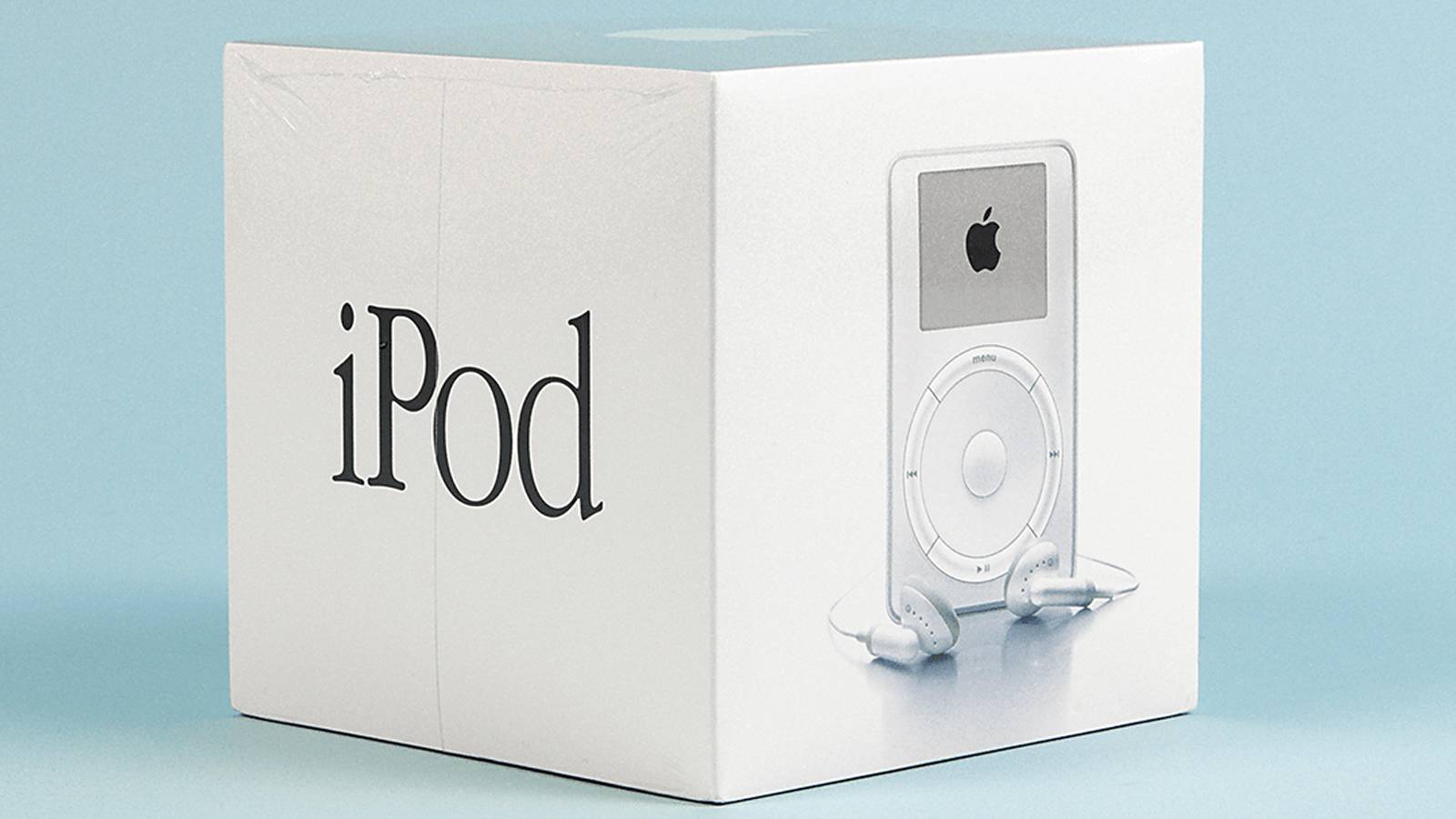

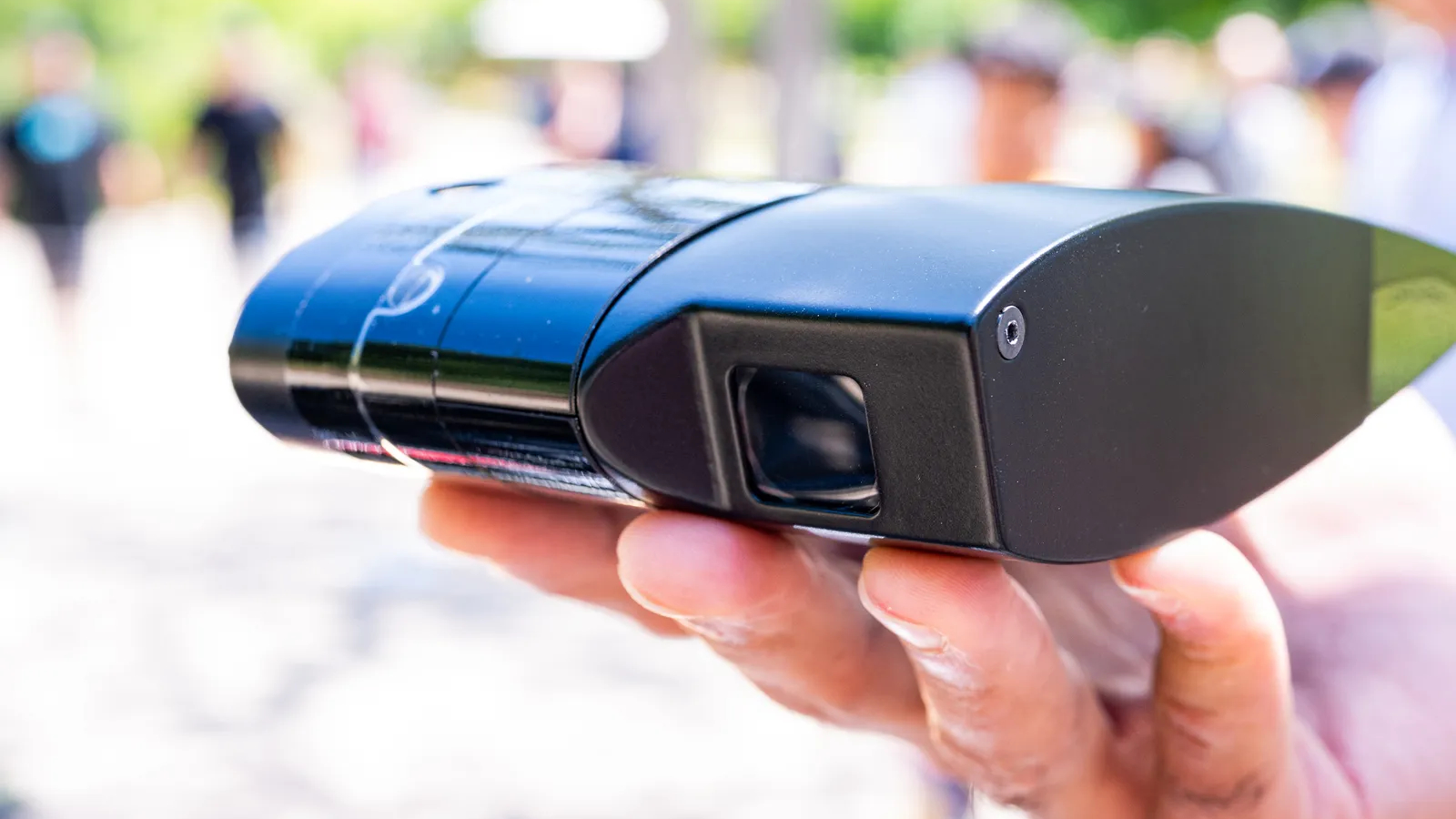 Image via
Image via 

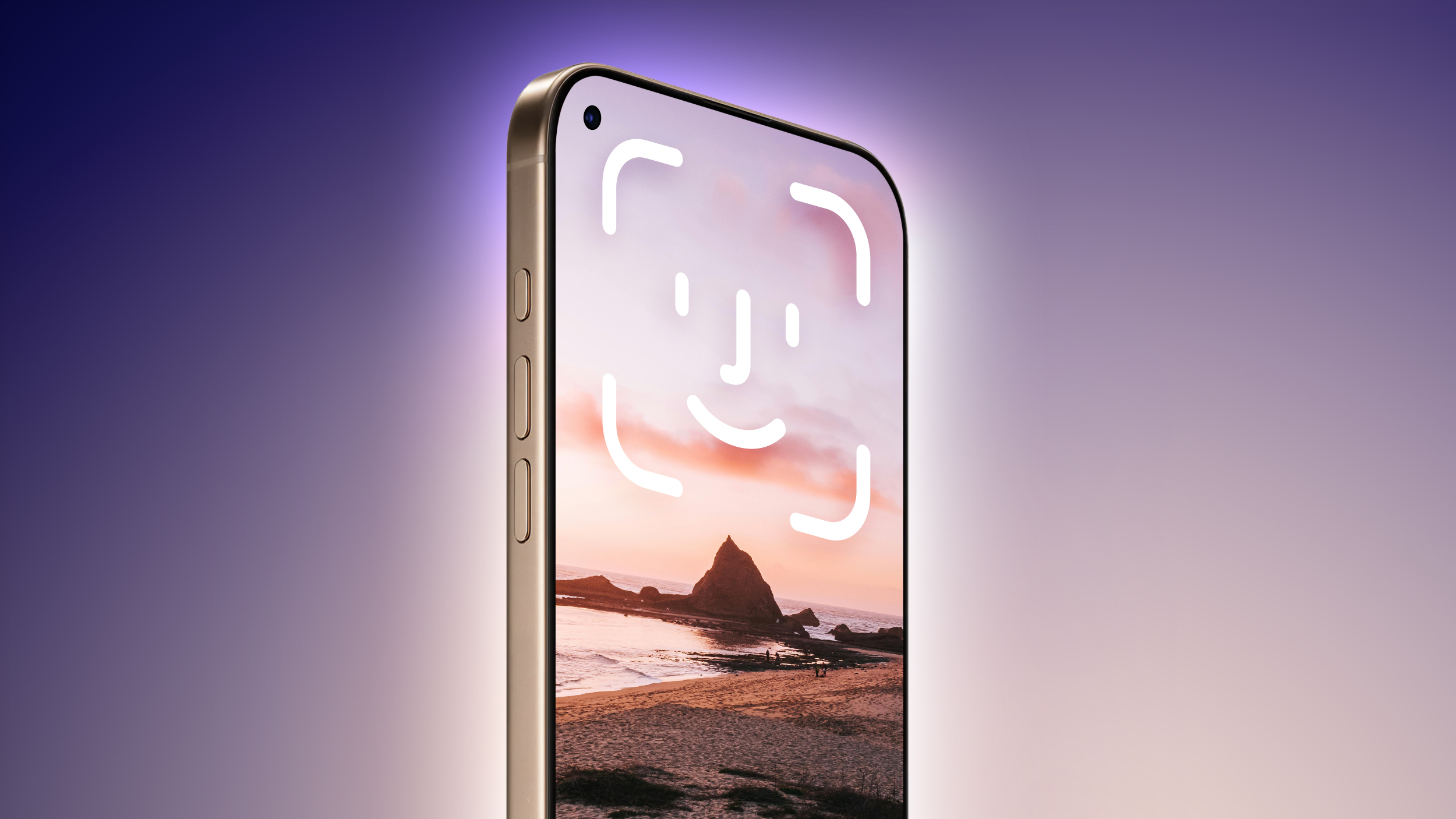
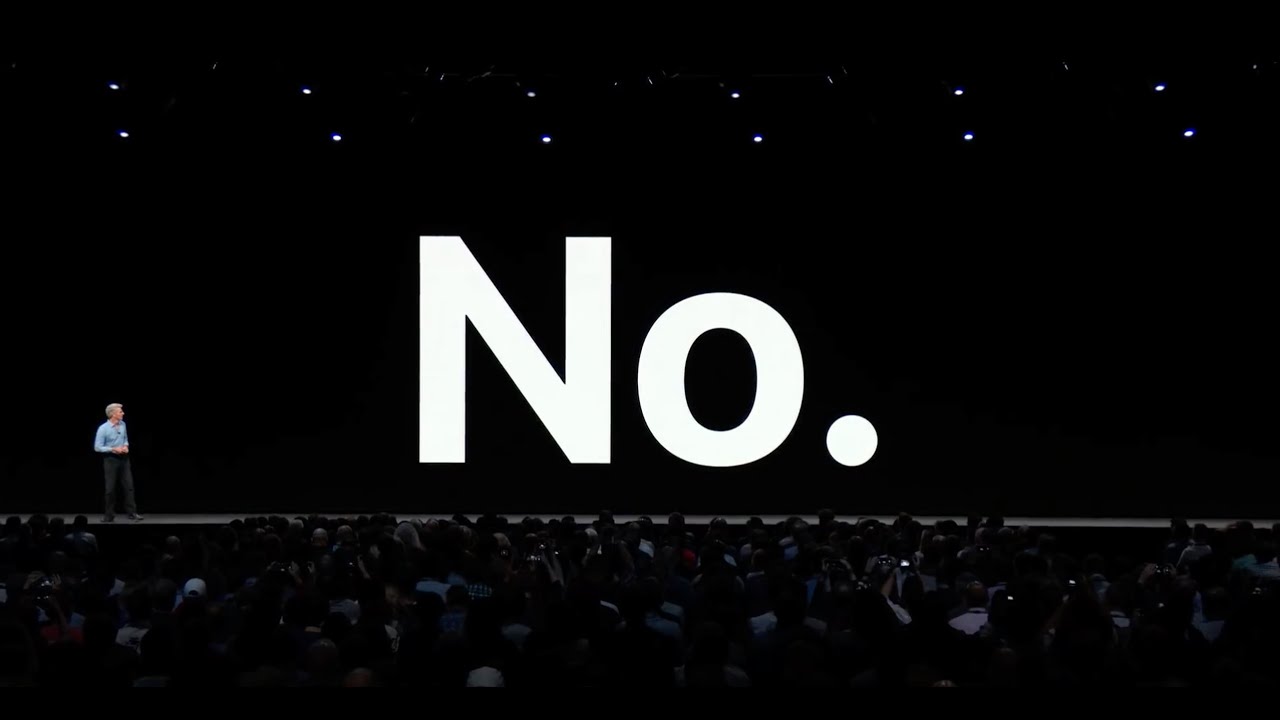 Apple's response to Gruber's interview request (
Apple's response to Gruber's interview request (